Learning from the best
In this article, we will explore the fundamentals of a complex scientific process, break it down, and take the basics of the process to see how we can improve any business.
What is HACCP?
HACCP, or Hazard Analysis and Critical Control Points is a food manufacturing concept and process whereby the risks of food associated illnesses are identified in the process and controlled. Think about Farm to Fork, everything along the way is monitored and measured to make sure what you eat is safe.
The science behind it is that each step is clearly defined, and consideration is given as to whether there is a risk. If you read my other article on FAT TOM I give a rough idea of some of those risks. Once the risk is identified, a further process is implemented to make sure that the risk is mitigated.
For example, we are all aware of the risk of bacteria growth on things like grinder blades when mincing meat. If the meat sits on the blades for 4 hours at ambient temperature bacteria grows past the point of a healthy individual’s ability to consume it without getting some sort of stomach problem. A manufacturing plant would then consider that step to be a critical control point.
To mitigate the risk, a practice would be implemented to ensure the grinder was completely cleaned and sterilized every 3 hours, or make sure the process is completed in a cold environment. Remove one of the risks, “time” or “temperature”.
So how do retailers learn from this process and maximize their bottom line?
Quite simply by following the methodology.
“Farm to fork” can be used to consider manufacturing through to customer purchase of any merchandise. If the accounting process at the back room carries risk, meaning if there is a chance that you double-pay for an order, then this would be a critical control point. Perhaps implementing a manager verification after the goods are received but just before the order is finalized would be sufficient.
HACCP is a scientific process that identifies all potential risk associated with food manufacturing, but the fundamentals are valuable to any risk
You have to be the judge of your own process and your own points of critical control.
It helps to document the process, and have a second look at each step. Perhaps by somebody who is good at asking the “why”.
This process will also identify areas of vulnerability to shoplifting and internal theft and fraud.
Take out all of the chances to negatively impact your bottom line – that’s the bottom line.
- Wait – my photocopier has a hard drive??? - May 28, 2024
- Communication – the Key to Profit - May 28, 2024
- What’s the Deal with Security Gates? - February 14, 2024
- We live in a Smart World - June 11, 2021
- Security Gates - April 29, 2020
- Five Considerations before embracing a theft/arrest program - March 12, 2019
- Little Black Book of Scams - December 10, 2018
- Shoptheft Protocol - December 10, 2018
- When all Hell Breaks Loose - November 23, 2018
- What do I need to do to Protect my Business? - November 9, 2018



